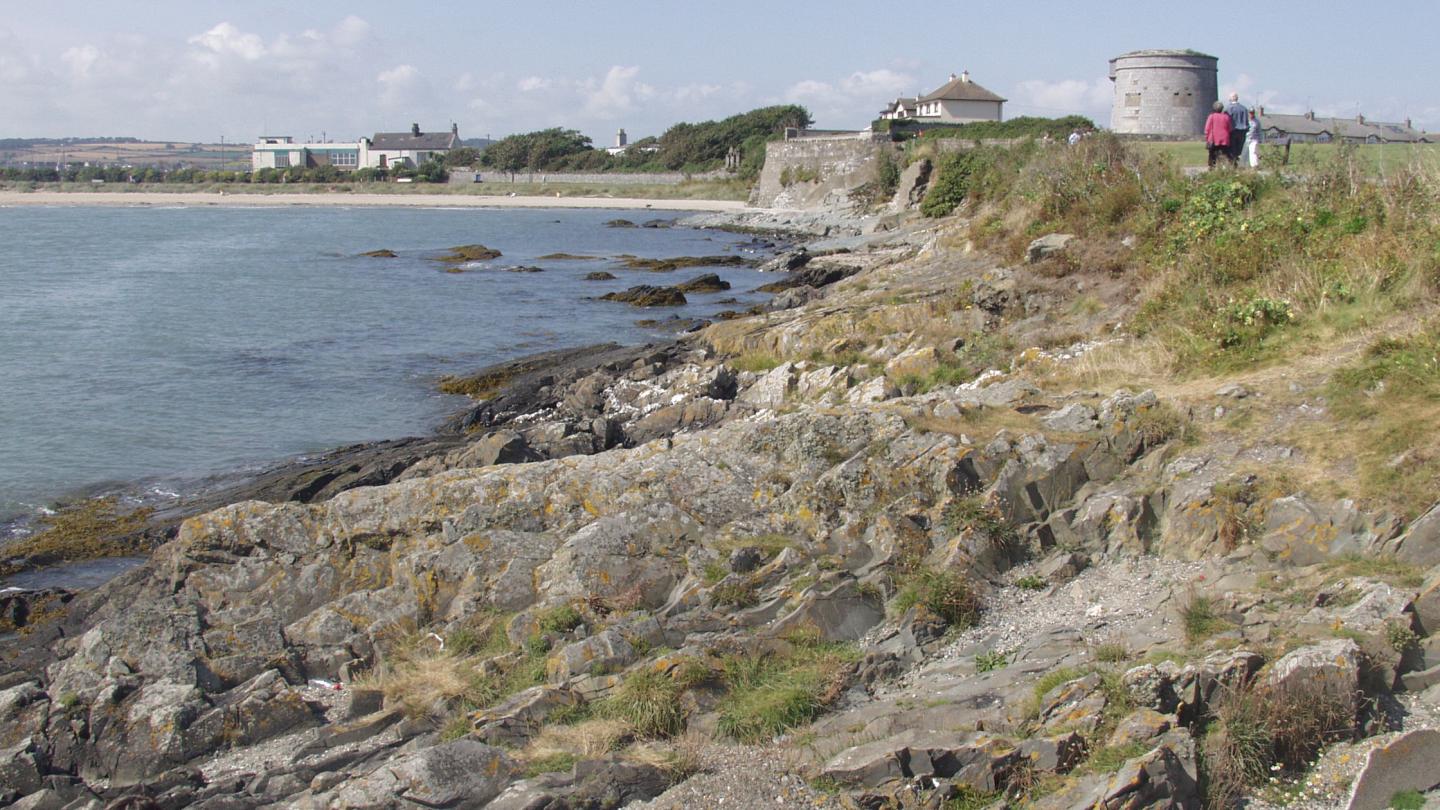Design work on 32km-long Fingal Coastal Way has commenced

Fingal County Council has commenced design work on the Fingal Coastal Way project, a 32km, high-quality recreational walking and cycling route connecting Donabate, Rush, Skerries, Ardgillan Castle, Balbriggan and Bremore Castle.
Multi-disciplinary consultancy Atkins has been appointed to work alongside the Fingal County Council project team to carry out the feasibility study, route options and environmental assessment and preliminary design work over a three-year programme.
The proposed greenway will be an iconic development representing a step-change in the tourism offering for Fingal, Dublin and the wider northeast region
The route will start at Newbridge House & Demesne in Donabate and pass along the majestic coastline of north Fingal, linking the coastal villages and towns and providing stunning seascapes of the many beaches and cliffs along the route as well as views to Howth, Lambay Island and the Cooley Mourne mountains ranges to the north.
The greenway will link into the proposed Broadmeadow Way, which will connect Donabate and Malahide and for which a planning application is due to be submitted to An Bord Pleanala in June. To the north there are plans to develop a greenway route in County Meath running northwards to Drogheda, the Boyne Valley Way and the prehistoric sites at Bru na Boinne/Newgrange.
The greenway will be a flagship tourist amenity for Fingal and will link into local attractions such as Newbridge House, Rogerstown Park, Bremore Castle, Ardgillan Castle, Drumanagh Fort and Skerries Mills.
Paul Carroll, Senior Engineer Strategic Infrastructure Fingal County Council, commented “The benefits that greenways can deliver to communities are considerable in terms of climate change, economic development and leisure amenity. The greenway will form part of a developing network of greenways within Fingal, providing a link into the S2S Sutton to Sandycove scheme and encouraging sustainable transport for commuting and leisure.”
Public stakeholder consultation will be an essential element of the design process including discussions with special interest groups, local residents, businesses and landowners.
Given the scale of the project and the sensitive nature of the receiving environment, it is envisaged that the route options selection will take place through 2019, with a public consultation exercise to take place in early 2020. Following on from the identification of the preferred route, preliminary design and environmental assessment work will continue through 2020 and early 2021, with a planning application target date of late 2021.